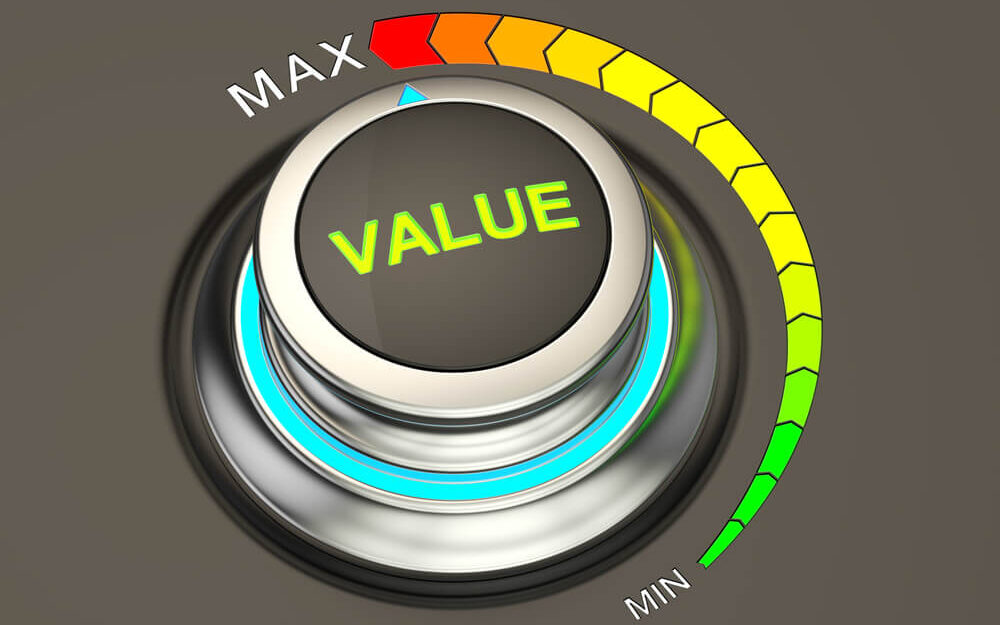Bear markets aren’t fun. It’s excruciating to watch your account’s value decline month after month.
But they do serve a purpose.
In a broad market decline, value starts to reveal itself. Companies that were too expensive during the boom times may start to trade at attractive prices again.
Let’s talk about that.
Value is one of the six primary factors that make up my proprietary Stock Power Ratings system. The others are momentum, size, volatility, growth and quality.
The rationale for value investing is about as simple and straightforward as it gets. You aim to buy a stock for less than its intrinsic value and sell it for a profit later at a fair price.
There are just two problems:
- We don’t have a universal definition of “value.”
- Some stocks are cheap for a reason.
There is a lot of nuance to value investing that can be lost when looking at a narrow set of indicators or screening on, say, the price-to-earnings (P/E) ratio.
The nightmare for any would-be value investor is the infamous value trap.
These are stocks that look cheap based on standard value metrics yet their share prices continue to slump due to declining business fundamentals.
A stock can look cheap based on its P/E or price-to-sales (P/S) ratios, but this doesn’t mean much if the company’s sales and earnings are in an irreversible decline.
How to Find Value and Sidestep Traps
My value factor is a composite of traditional value metrics over various time frames.
Without giving away the secret sauce, I include the P/E ratio, P/S ratio, price-to-cash flow ratio and a handful of others.
I then compile all of this data into a single score that rates the stock on a scale of 1 to 100. The cheaper the stock, the higher its rating.
As an example, a stock rated a 99 on my value factor would be in the 1% of cheapest stocks covered in our universe.
But why stop there? By focusing on the value factor alone, it’s inevitable that we’re going to pick up some value traps along the way.
A stock might look cheap when compared to its historical earnings or sales, but none of that matters if those earnings and sales are deteriorating faster than the share price.
This is where my multifactor model is so powerful.
And we can make this even easier by focusing on the two other fundamental factors of my system: growth and quality.
How Stock Power Ratings Help Spot True Value Plays
If I saw a stock that rated well on the value factor but was lagging on its growth factor, I might be concerned that the stock was a potential value trap.
I don’t need every value opportunity to rate well on growth though, as highly rated growth stocks aren’t cheap a lot of the time.
But I’d want to avoid dogs.
If a stock rated poorly on my growth factor, I would need to have a firm reason to believe that growth was poised to accelerate and support the stock as a value buy.
Another good “gut check” is my quality factor.
My quality factor is objective. Its primary measures are profitability and balance sheet strength.
I’m wary of highly rated value stocks with low quality factor scores, as that would imply those companies are struggling. I’d need to have a good reason to believe profitability or balance sheet strength was poised to recover.
There may never be a 100% foolproof way to avoid value traps. But we can certainly eliminate the vast majority by pairing my value factor with our other fundamental factors.
To good profits,

Adam O’Dell
Chief Investment Strategist




